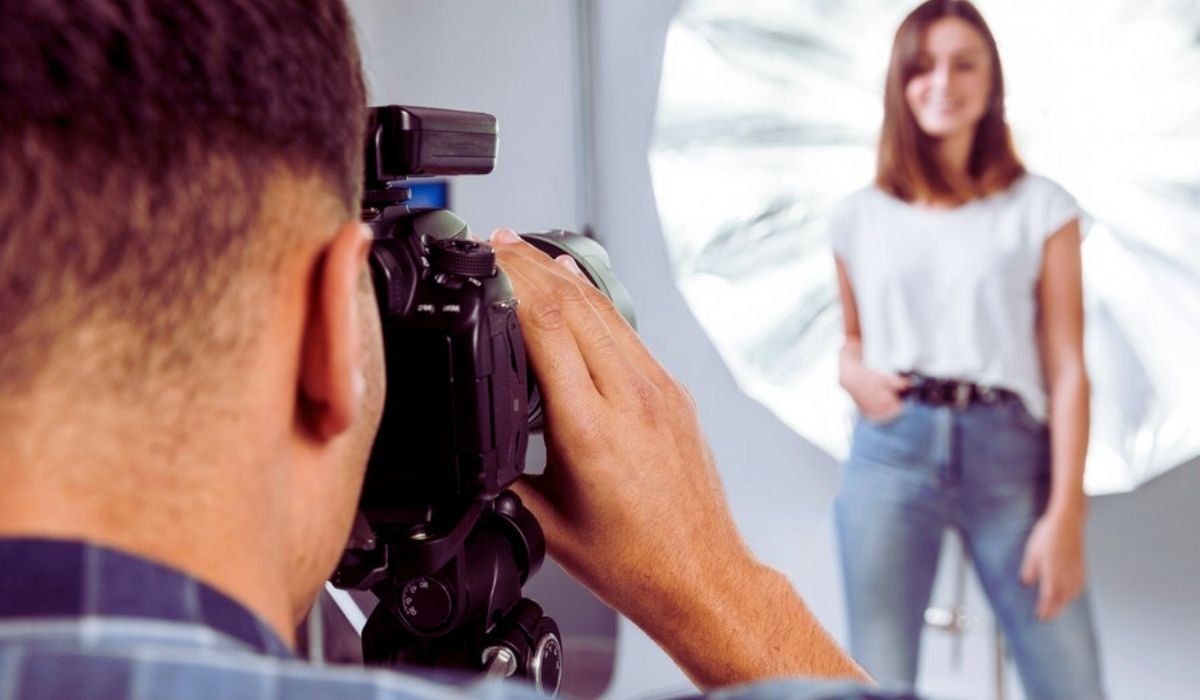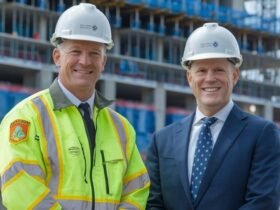In today’s fast-paced business environment, conventional strategic planning often falls short. That’s where the back casting room comes in—a dynamic and innovative approach that redefines the process of setting goals and achieving them. Unlike traditional methods that start with the present and attempt to predict the future, back casting flips the script by starting with the desired future and working backwards to make it a reality. This article will guide you through what a back casting room is, how it works, and why it might just be the game-changer your organization needs.
Understanding Back Casting
What is Back Casting?
Back casting is a strategic planning process that begins at the end—the desired future state—and works backwards to the present. This method focuses not on what is likely to happen based on current trends, but on what should happen to achieve a specific vision. It’s like reverse engineering your organization’s future success, ignoring current constraints and focusing solely on end goals.
Origins and Evolution
Originally developed in the environmental field during the 1970s to address complex societal and environmental issues, back casting has evolved into a valuable tool for business strategy. It helps companies navigate complex markets and technological changes by visualizing the desired future and plotting a feasible path to reach it.
The Mechanics of Back Casting

Process Overview
In back casting, the process is straightforward yet profoundly different from traditional planning methods:
- Start with the End Goal: Clearly define a bold, detailed vision of what you want to achieve. This could be anything from becoming a market leader in sustainability to launching a groundbreaking new product.
- Identify Key Milestones: Determine what major achievements would be necessary to reach that vision.
- Work Backwards to the Present: Map out the steps required to achieve each milestone, creating a reverse timeline from the future back to today.
Tools and Resources
Essential tools for a back casting session might include whiteboards for sketching out timelines, sticky notes for brainstorming steps and milestones, and project management software to track and organize everything effectively.
Benefits of Back Casting
Innovation and Creativity
By focusing on what could be, rather than what is likely to be, back casting encourages out-of-the-box thinking and innovation. This method allows teams to envision radically different futures without being constrained by current limitations.
Strategic Clarity and Focus
Back casting provides a clear roadmap with defined steps towards a tangible goal, offering strategic clarity that is often missing in traditional planning methods.
Risk Management
Starting with the end goal allows organizations to foresee potential risks and plan backwards to mitigate them, enhancing the overall strategic planning process.
Implementing a Back Casting Room

Setting Up the Environment
Choose a quiet, inspiring room free from everyday office distractions. Equip it with tools for creative expression and collaboration, such as whiteboards, markers, and sticky notes.
Assembling the Right Team
Gather a diverse group of thinkers who can look beyond the status quo. Include individuals from various departments who can bring different perspectives and expertise to the table.
Running a Session
Facilitate the session by keeping the team focused on the ultimate goal. Encourage creative thinking and ensure every step identified is actionable and directly linked to the final vision.
Case Studies
Innovative companies and municipalities aiming for ambitious goals like carbon neutrality have effectively used back casting to outline the necessary policy changes, technological innovations, and behavior changes required, setting a clear path forward with actionable steps.
Challenges and Solutions
Common Pitfalls
The most significant challenges include resistance to ignoring current constraints and the difficulty in visualizing long-term outcomes. Overcome these by continually steering the team back to the vision and breaking down the journey into smaller, manageable milestones.
The Future of Back Casting

As businesses face increasingly complex challenges, back casting is likely to become more prevalent. Integrating it with other strategic tools like SWOT analysis or scenario planning can provide a more robust framework for navigating the future.
Conclusion
The back casting room offers a fresh and effective approach to strategic planning. By daring to ignore current limitations and focusing on the ideal future, organizations can unlock innovative solutions and plot a clear path to success. If you’re looking to step away from outdated methods and engage in transformative planning, the back casting room might just be what your team needs. Dive in, think backwards, and move forward towards the future you want to create.
Remember, the power to shape the future starts with the courage to imagine it.
FAQs About Back Casting Room
What is a back casting room?
A back casting room is a collaborative environment where teams engage in the strategic planning process known as back casting. This method involves starting with a defined end goal and working backwards to identify the steps necessary to achieve that goal, as opposed to traditional forecasting methods which start in the present and make predictions about the future.
How does back casting differ from forecasting?
Back casting differs significantly from forecasting in its approach to planning. While forecasting predicts the future based on current trends and data, back casting starts with the desired future state and works backwards to determine what actions must be taken to reach that state. This method allows for more innovative and ambitious goal-setting, free from the constraints of current limitations.
Who should be involved in a back casting session?
A back casting session should include a diverse group of participants, including strategic thinkers, decision-makers, and individuals who are familiar with the challenges and realities of the organization. Diversity in expertise and perspective is crucial, as it enriches the session with various insights and fosters more comprehensive strategic planning.
What are the benefits of using a back casting room?
The main benefits of using a back casting room include:
- Enhanced Creativity: By focusing on the desired future without the constraints of the present, participants can propose more innovative and radical solutions.
- Strategic Clarity: It provides a clear roadmap with actionable steps directly linked to achieving the end goal.
- Improved Risk Management: Anticipating potential obstacles from the perspective of the future allows for more effective mitigation strategies.
What tools are needed for a back casting session?
Essential tools for a back casting session include:
- Whiteboards or Flip Charts: For visualizing the end goal and mapping out the steps backwards.
- Sticky Notes: Useful for brainstorming and rearranging ideas as the strategy develops.
- Project Management Software: Helps organize, track, and follow up on the planned actions.
Can back casting be used in any industry?
Yes, back casting can be effectively applied across various industries. Whether it’s for environmental planning, business strategy development, technology innovation, or public policy design, back casting helps organizations in any sector create visionary goals and practical strategies to achieve them.
What are the challenges of implementing back casting?
Some challenges of implementing back casting include:
- Difficulty in Visualizing the Future: Participants may struggle to envision a radically different future or feel constrained by current realities.
- Resistance to Change: Stakeholders may be hesitant to adopt a new planning method that deviates significantly from traditional approaches.
- Complexity in Planning: Mapping out a detailed plan from the future to the present can be complex and requires thorough analysis and strategic thinking.
How do you measure the success of a back casting strategy?
The success of a back casting strategy can be measured by how effectively the final outcomes align with the initial visionary goals set during the session. Regular reviews and adjustments of the milestones and actions are essential to ensure the strategy remains on track and adaptable to any changes in circumstances or objectives.



















Leave a Reply